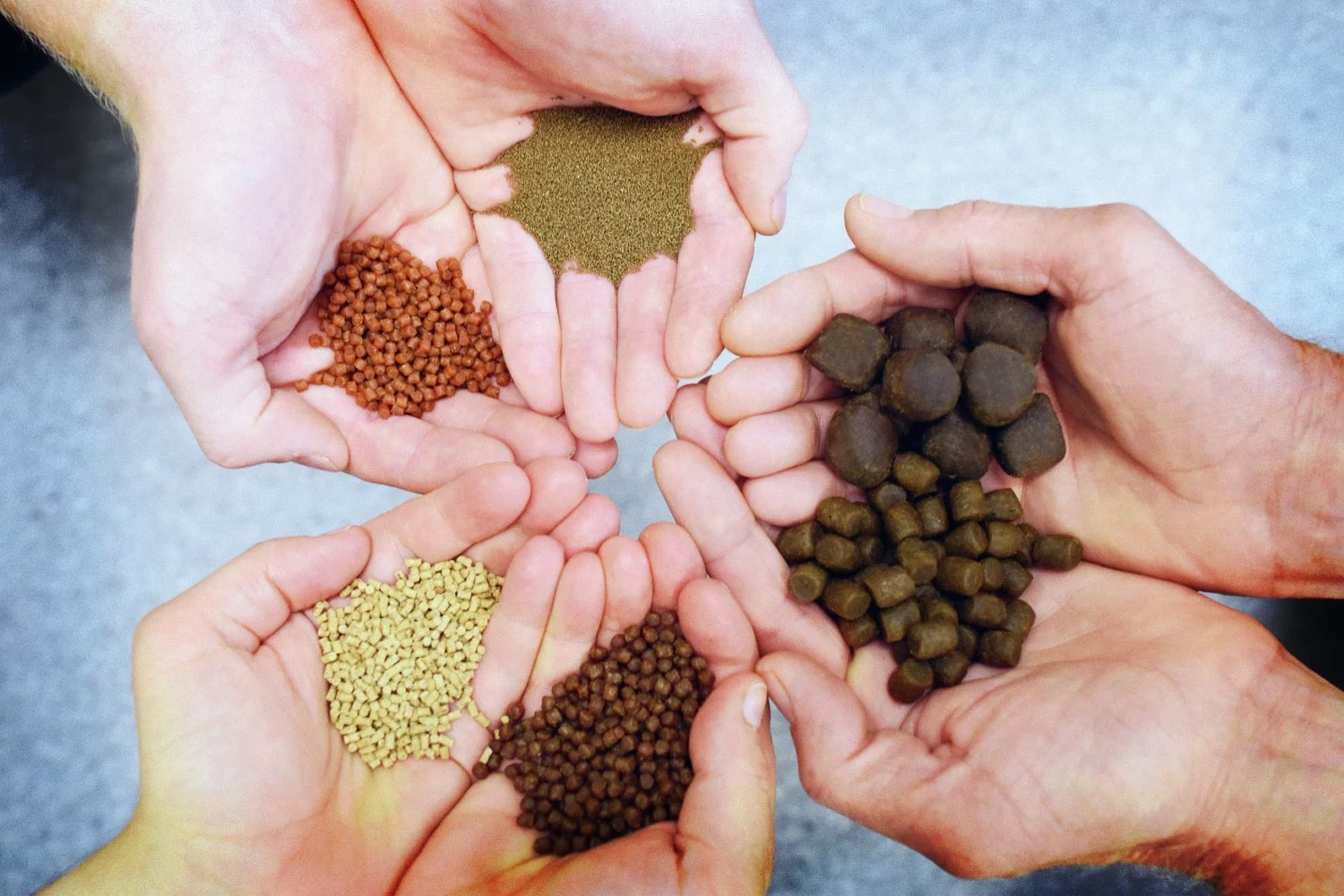
Changes in extrusion conditions, specifically the barrel temperature, significantly affected the physical properties of extruded fish diets, including the pellet durability index (PDI), expansion ratio, sinking velocity (SV), water absorption index (WAI) and water stability.
In addition, a significant interaction was found between the extrusion conditions and size of the extruded diet on these physical properties when all ingredients exposed to an average of 110°C for approximately 14s in five-barrel sections.
This study was performed by Romi Novriadi of Indonesia’s Fisheries Business Expert Polytechnic and his team from US Fish and Wildlife Service, Knip Inc and Auburn University.
PDI
Results of their study indicated that the PDI of the extrudates processed with cooking-extrusion were higher than those produced with the cold process.
Increasing pellet size from 2 to 4 mm resulted in an increase in durability of extrudate produced by using cooking-extrusion process.
However, at the cold-process, smaller size yielded significantly higher PDI compared to bigger sizes.
Considering the interaction effect on this study, changes in durability are more attributed to changes in temperature rather than changes in size.
WAI
In this study, changes in temperature, die pressure, and screw speed during cooking extrusion produced more stable feed compared to the cold process.
Although no clear trend was observed, this study indicated that when the pellet size of cooking extrusion pellet increased from 2 mm to 4 mm, the mean WAI was decreased from 3.60 to 2.52.
On the other hand, no significant difference was observed between 2 mm and 4 mm pellet produced with cold process.
Since WAI values could vary depending on the diet composition and processing, changes in this study were mostly influenced by the temperature.
SV
In this study, an increase in SV (cm s⁻¹) was observed in diets produced by the cooking extrusion process compared to those produced by the cold process.
Within the same treatment, bigger size also caused significant increase in SV.
Since SV was associated with air entrapped in particles to reduce the specific gravity and capability of diet to absorb the water, higher numerical value gives the impression that cooking-extrusion produces a more dense and compact diet compared to cold-process.
Indeed, the heavier density of 4 mm diet compared to 2 mm will cause a significant increase in SV for extruded diet either produced with cooking-extrusion or cold process.
Subscribe now to the technical magazine of animal nutrition
AUTHORS
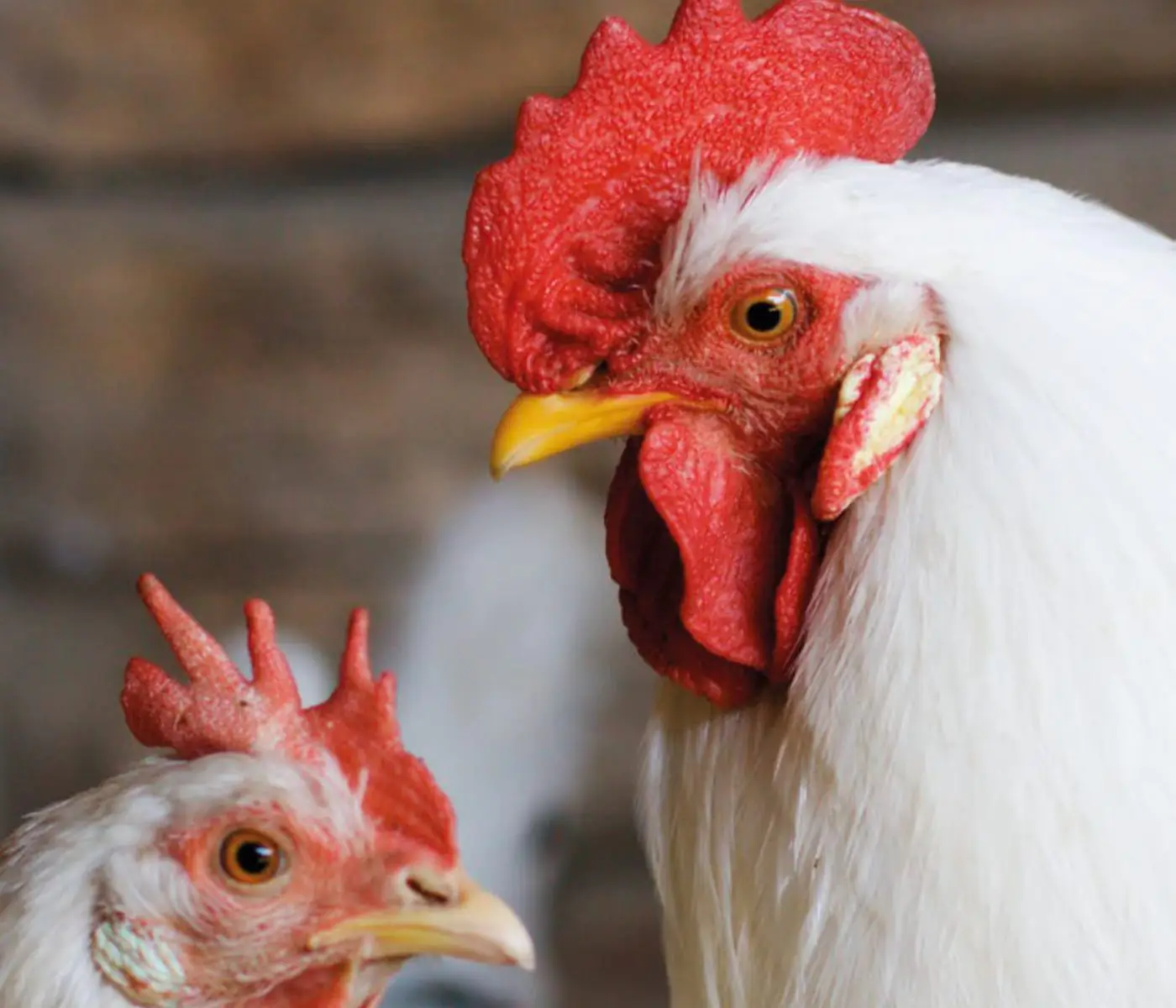
Nutritional Interventions to Improve Fertility in Male Broiler Breeders
Edgar Oviedo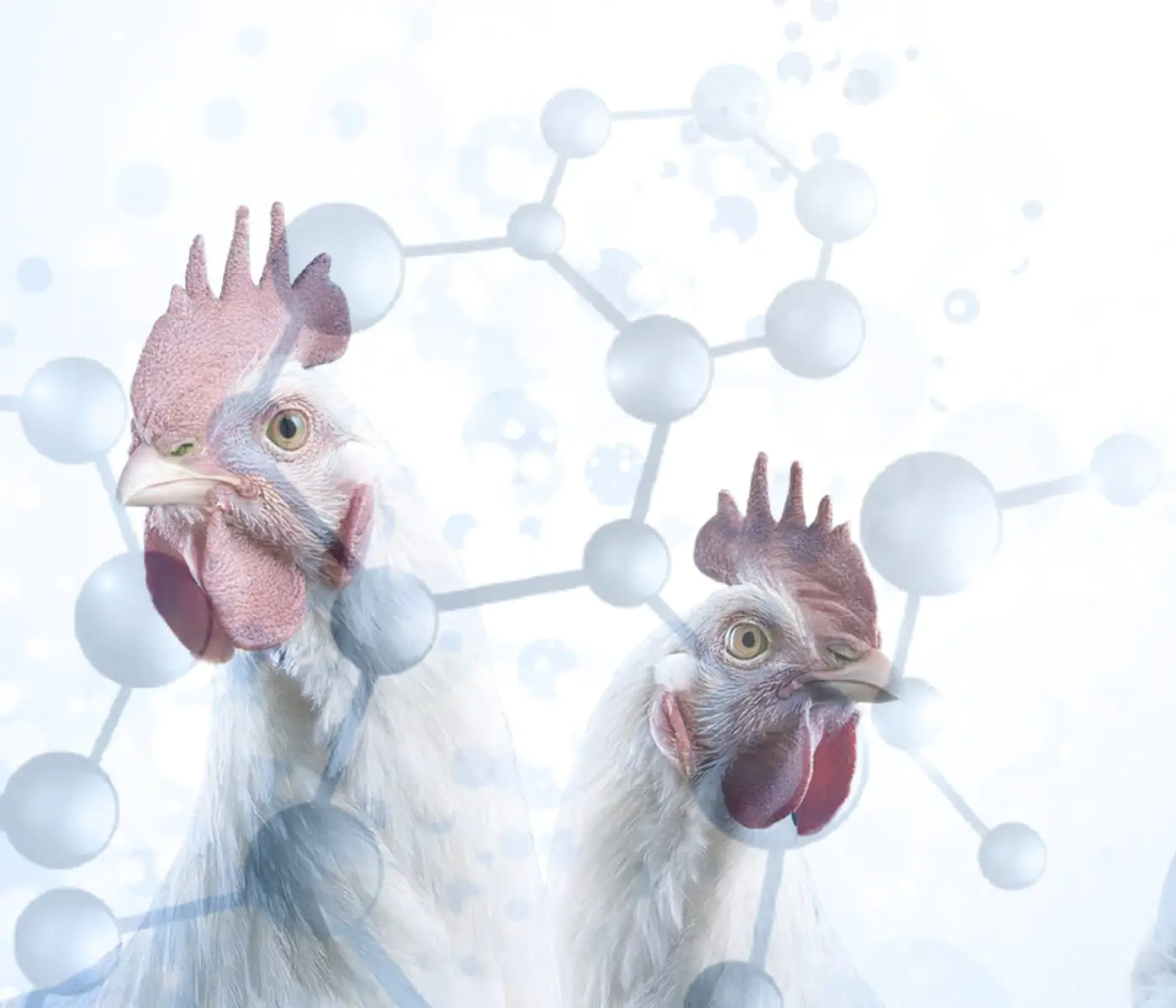
The Use of Organic Acids in Poultry: A Natural Path to Health and Productivity
M. Naeem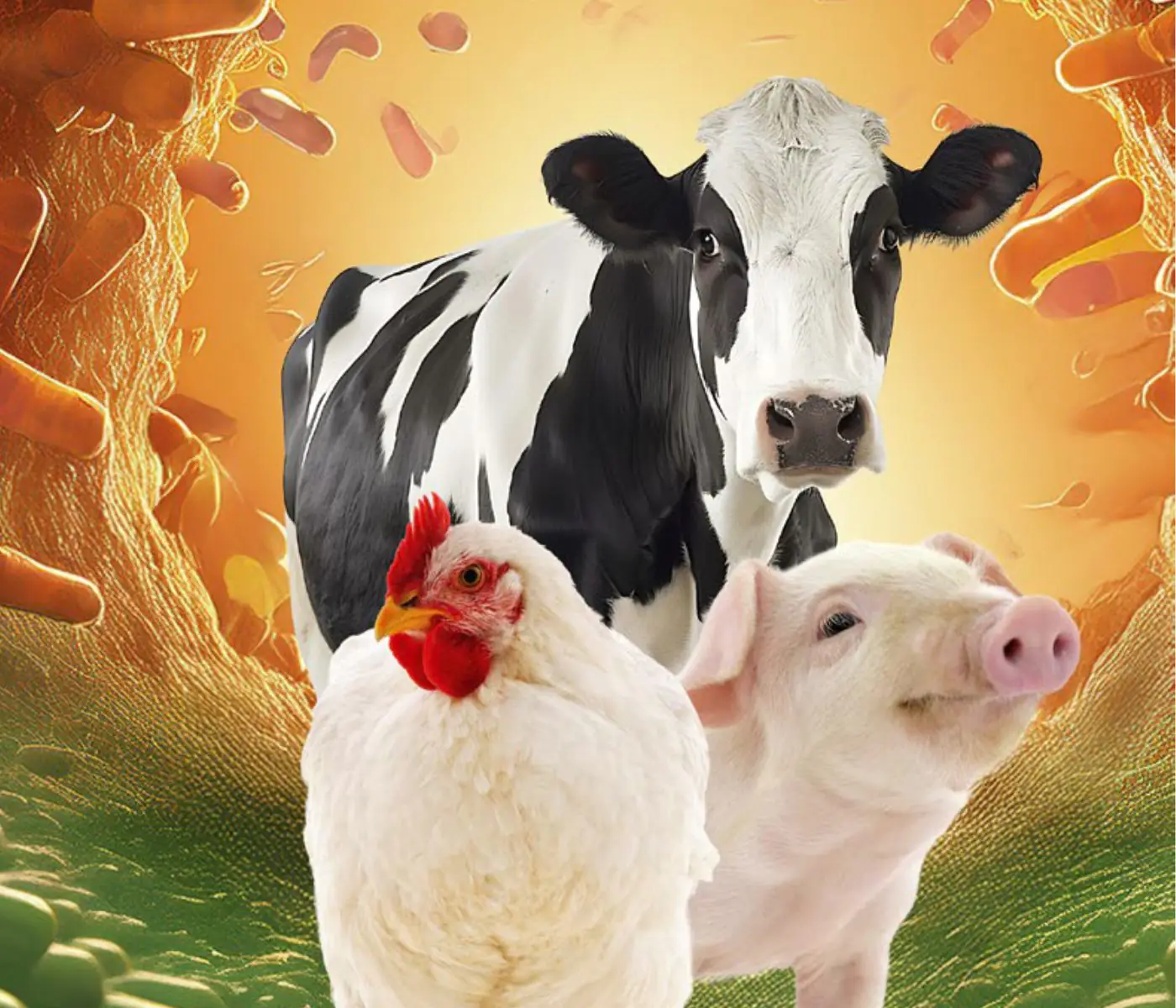
Synergistic Benefits of Prebiotics and Probiotics in Poultry, Swine, and Cattle
Gustavo Adolfo Quintana-Ospina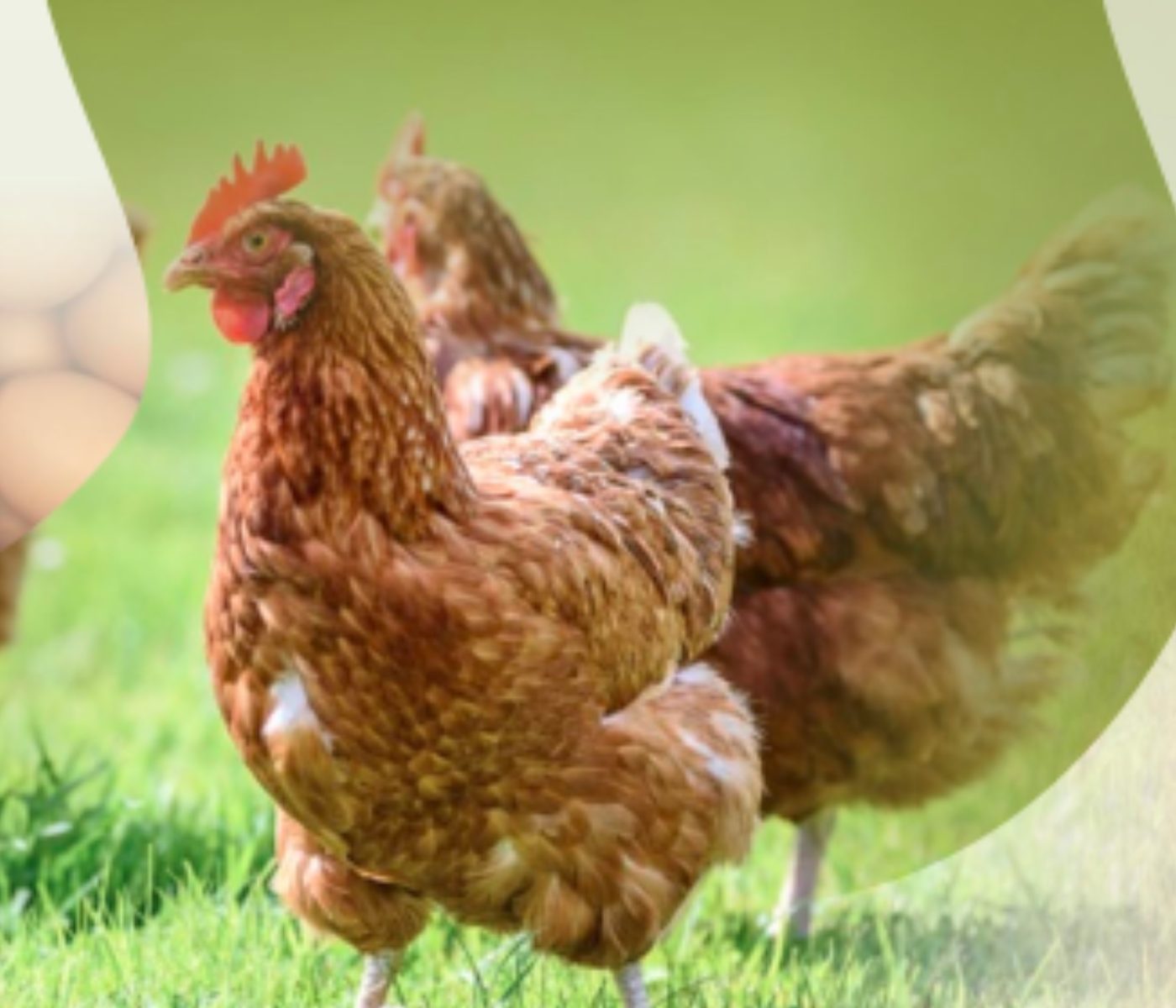
Hybrid Rye Potential in Laying Hen Feed Rations
Gwendolyn Jones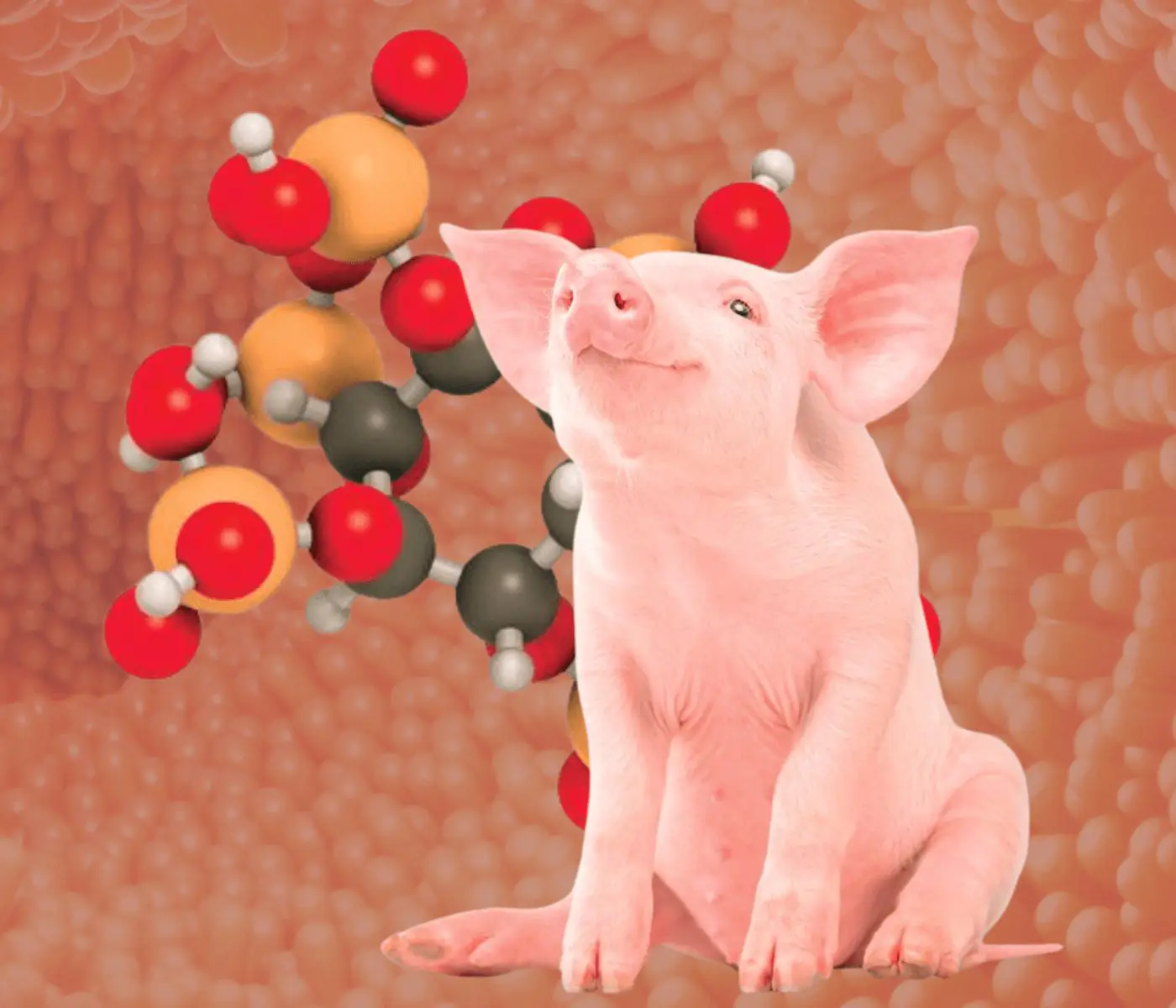
A day in the life of phosphorus in pigs: Part I
Rafael Duran Giménez-Rico
Use of enzymes in diets for ruminants
Braulio de la Calle Campos
Minerals and Hoof Health in the Pregnant Sow
Juan Gabriel Espino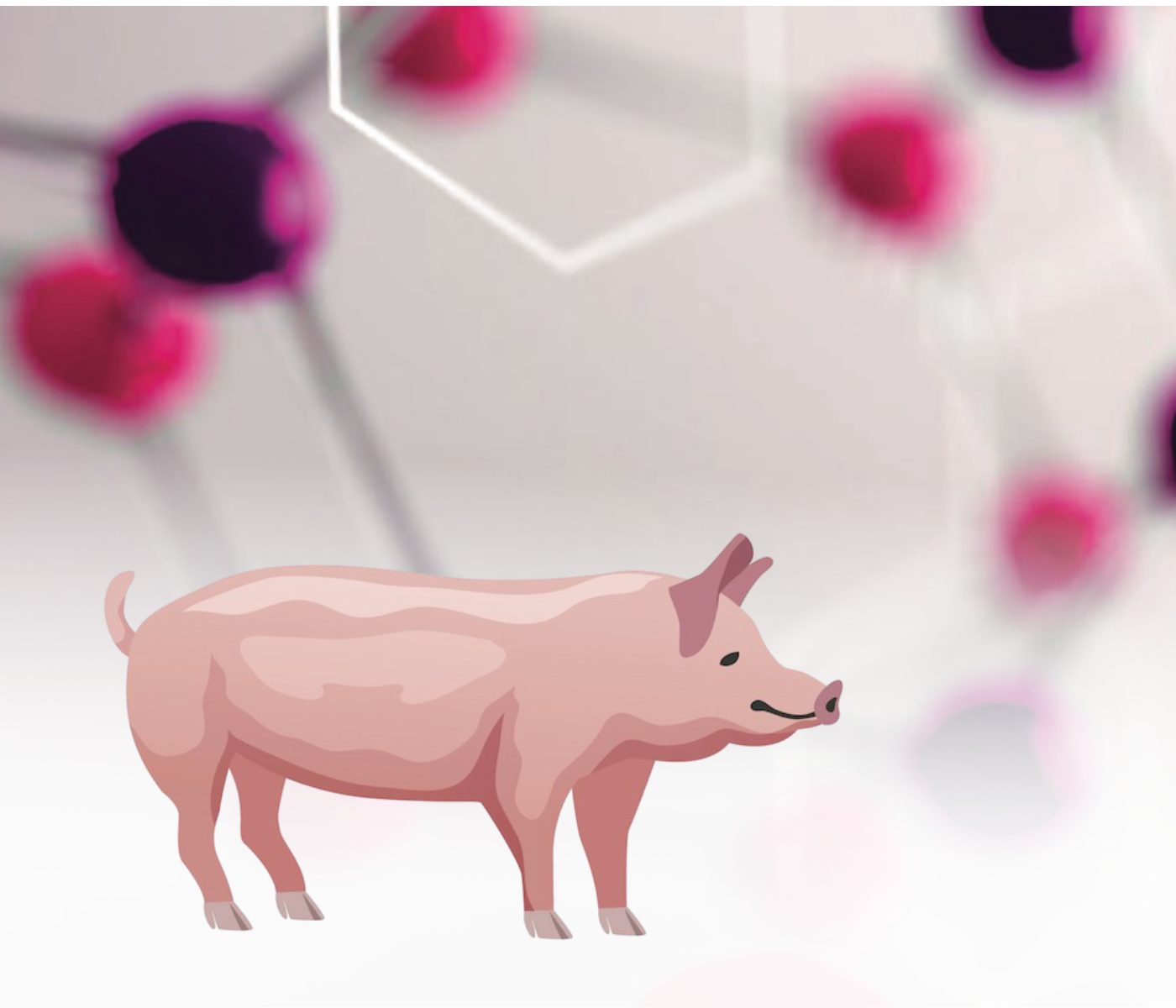
Impact of Oxidized Fats on Swine Reproduction and Offspring
Maria Alejandra Perez Alvarado